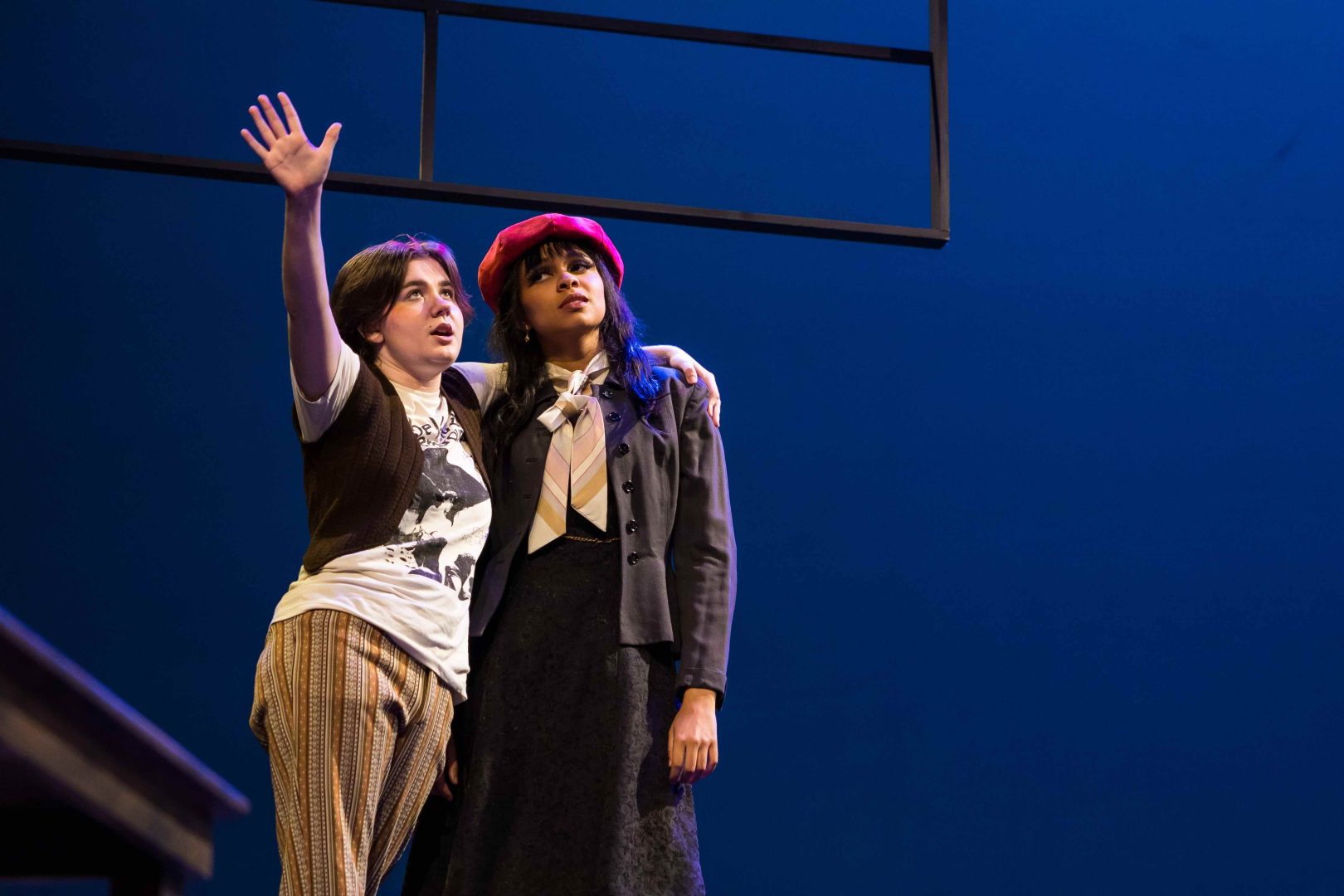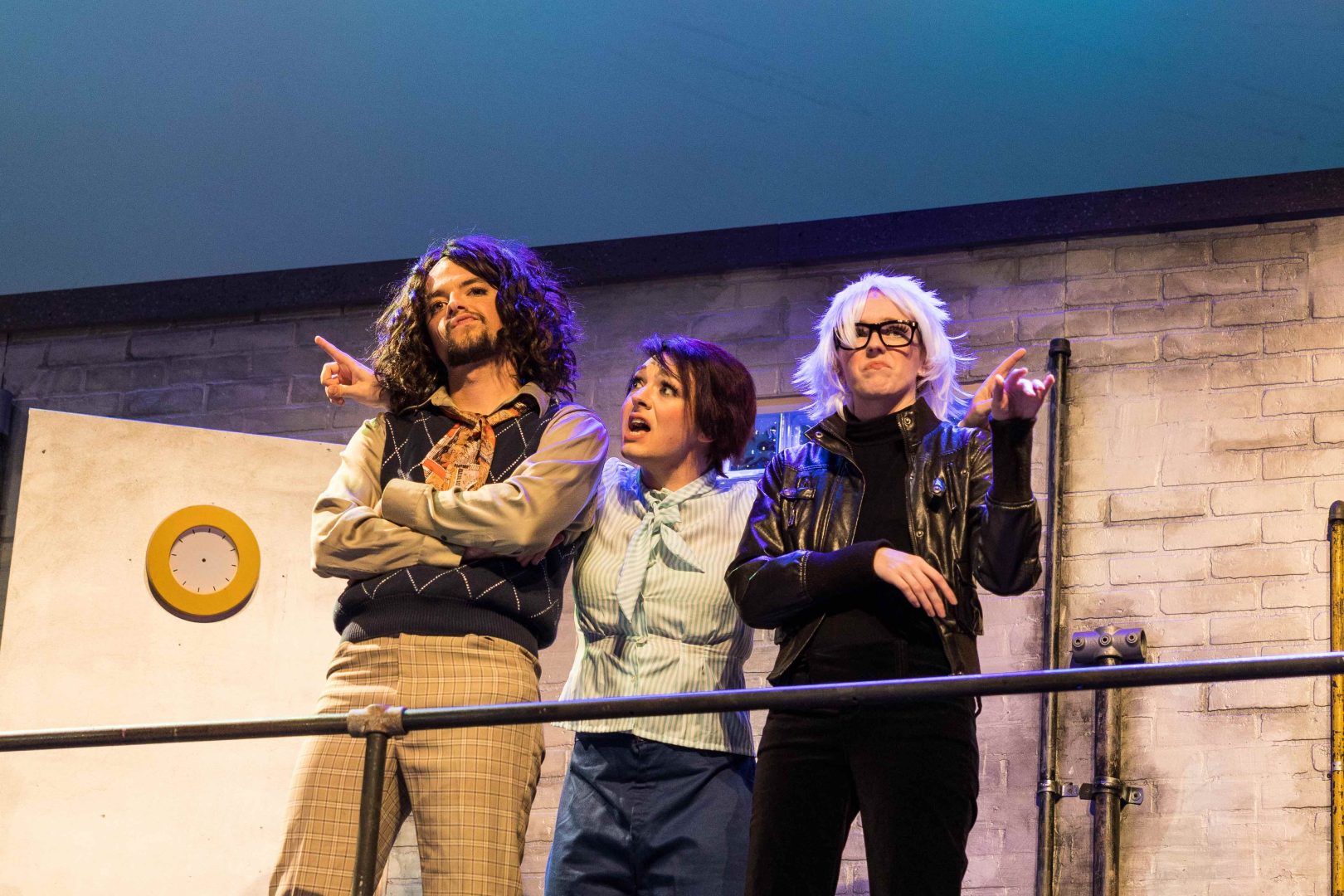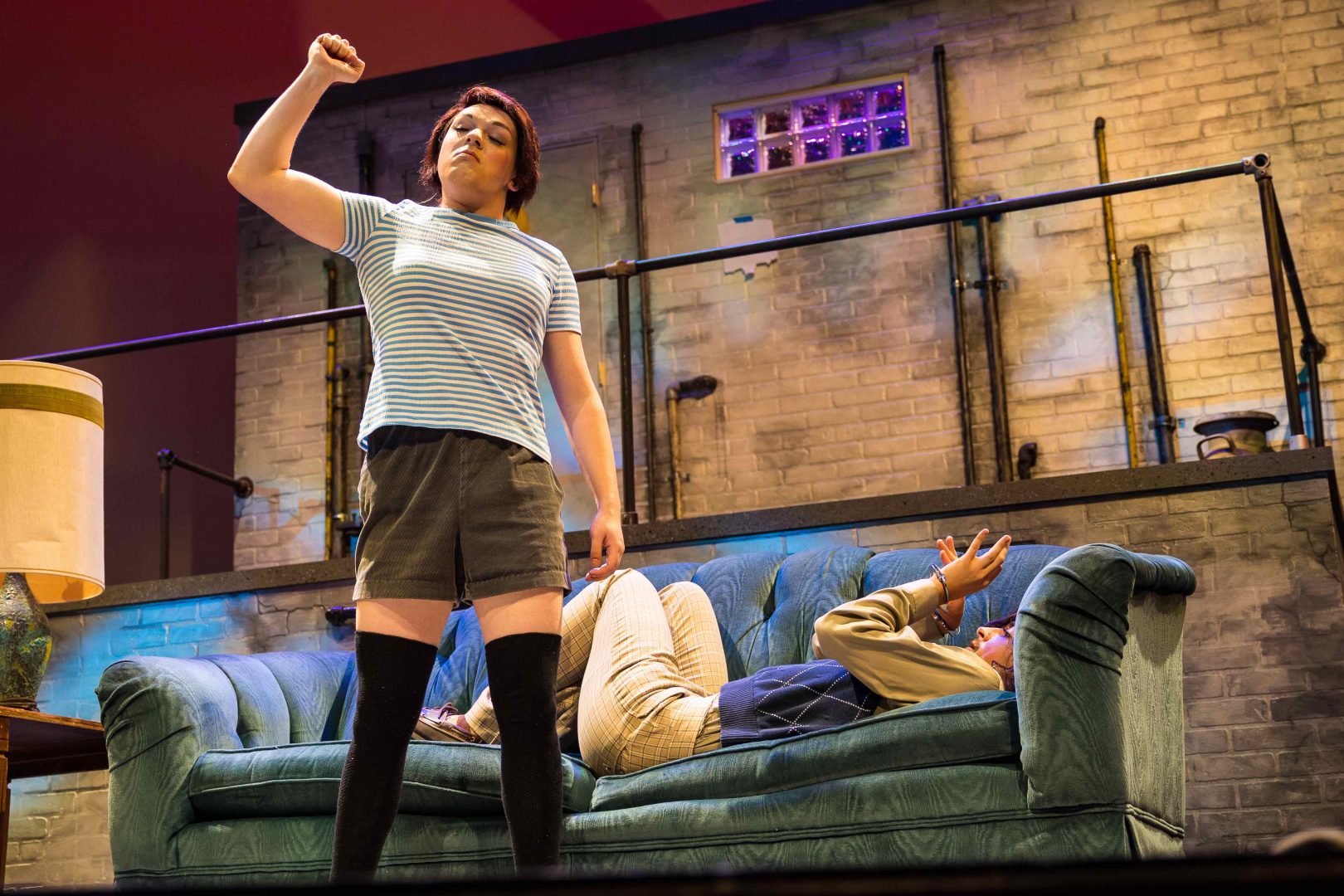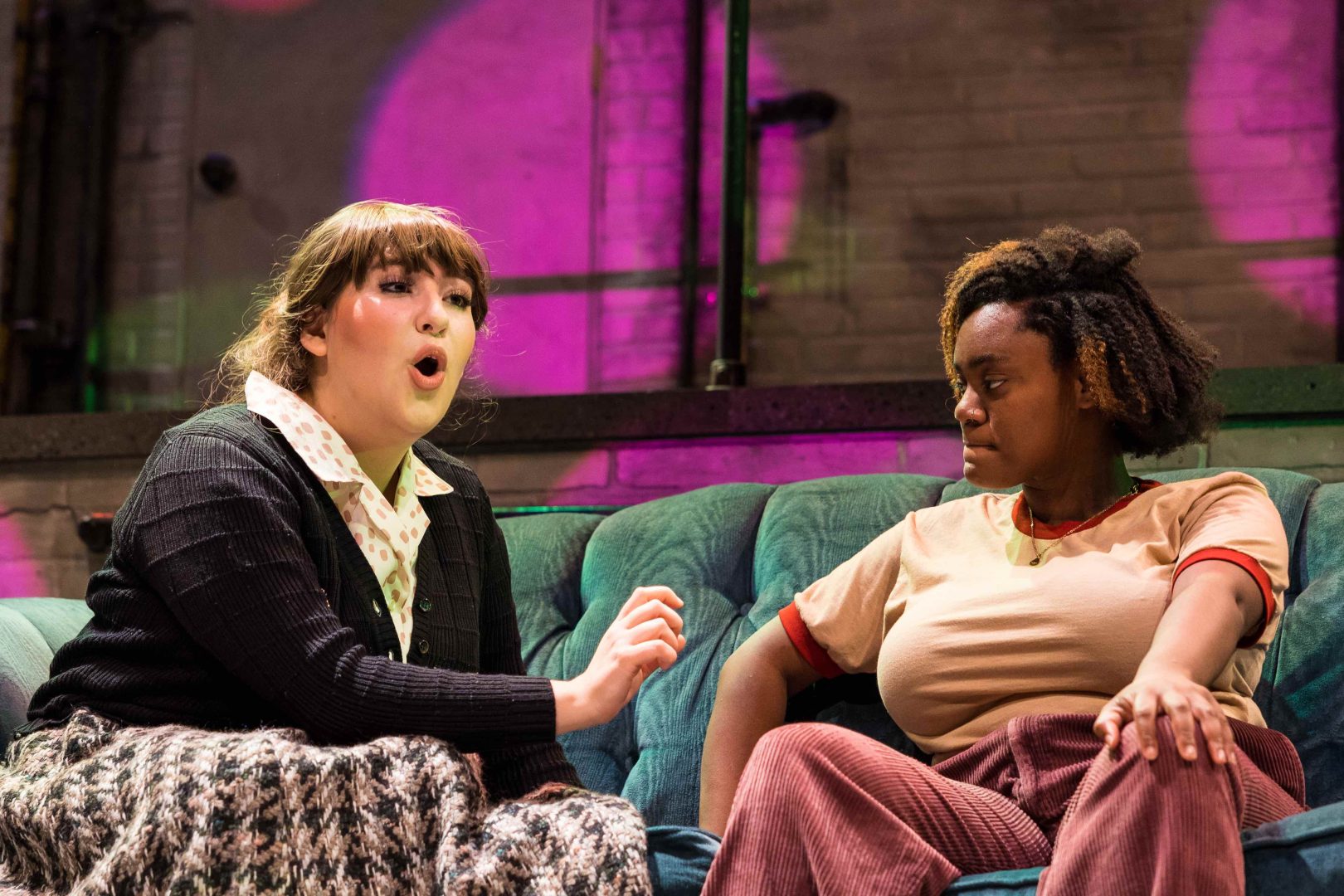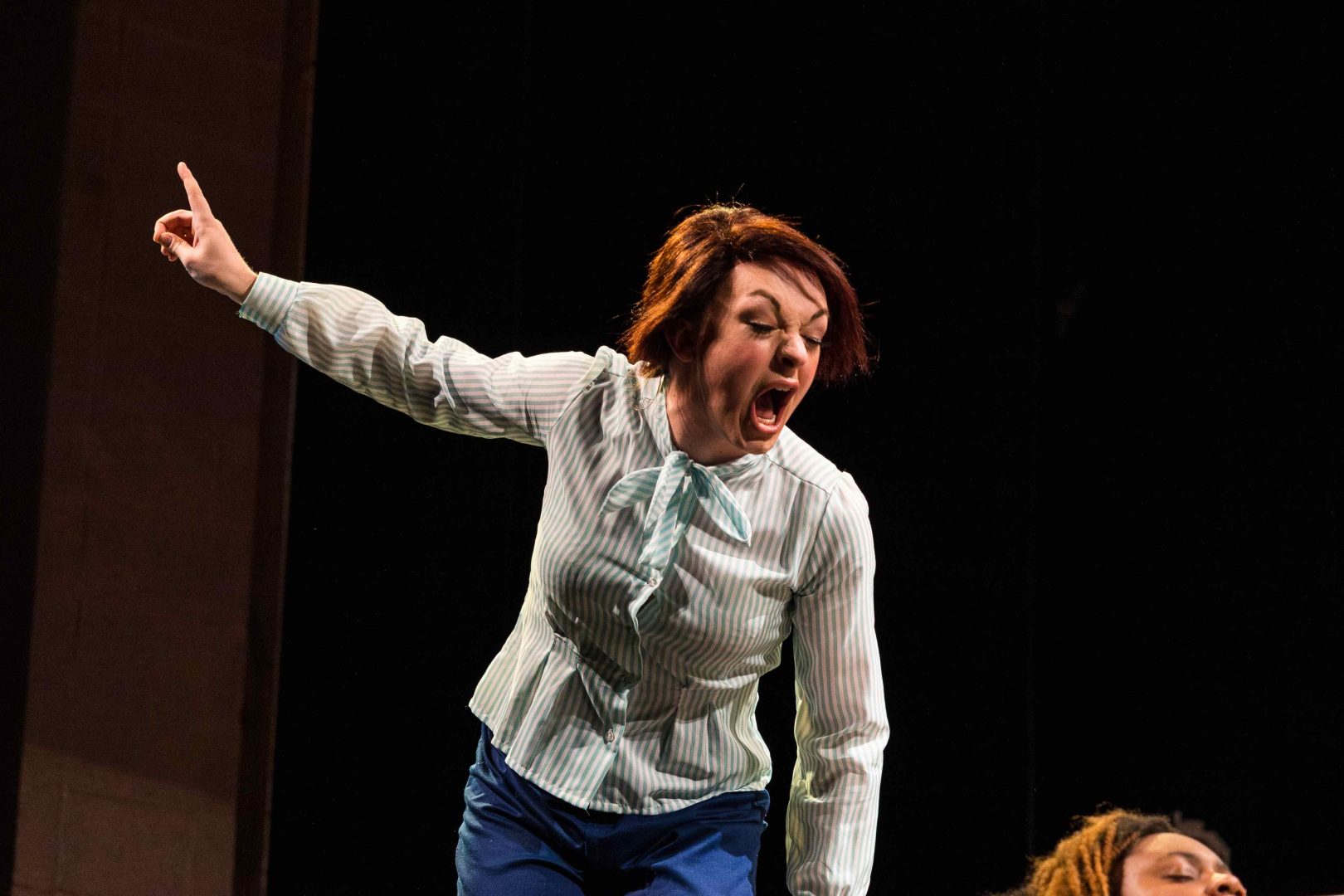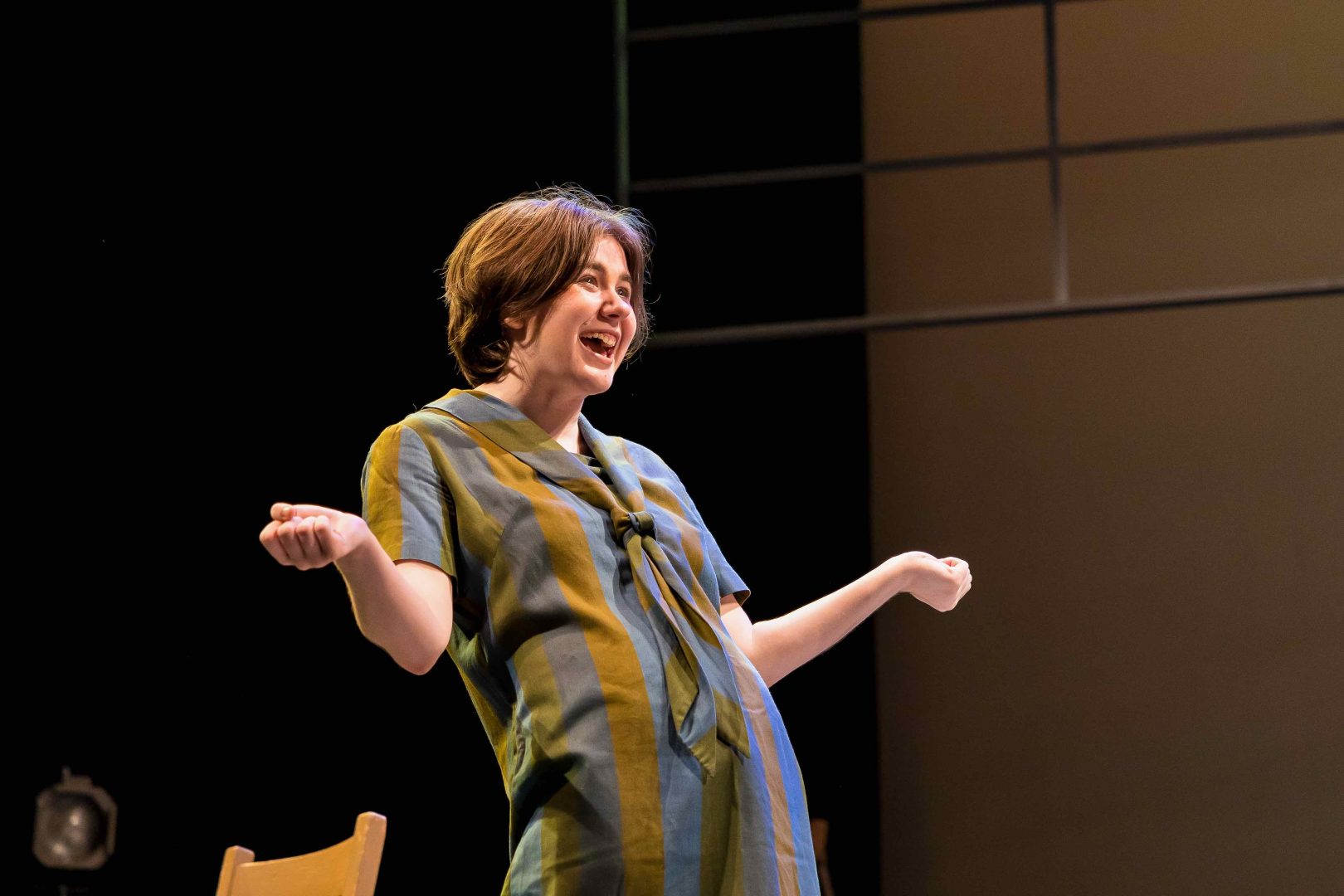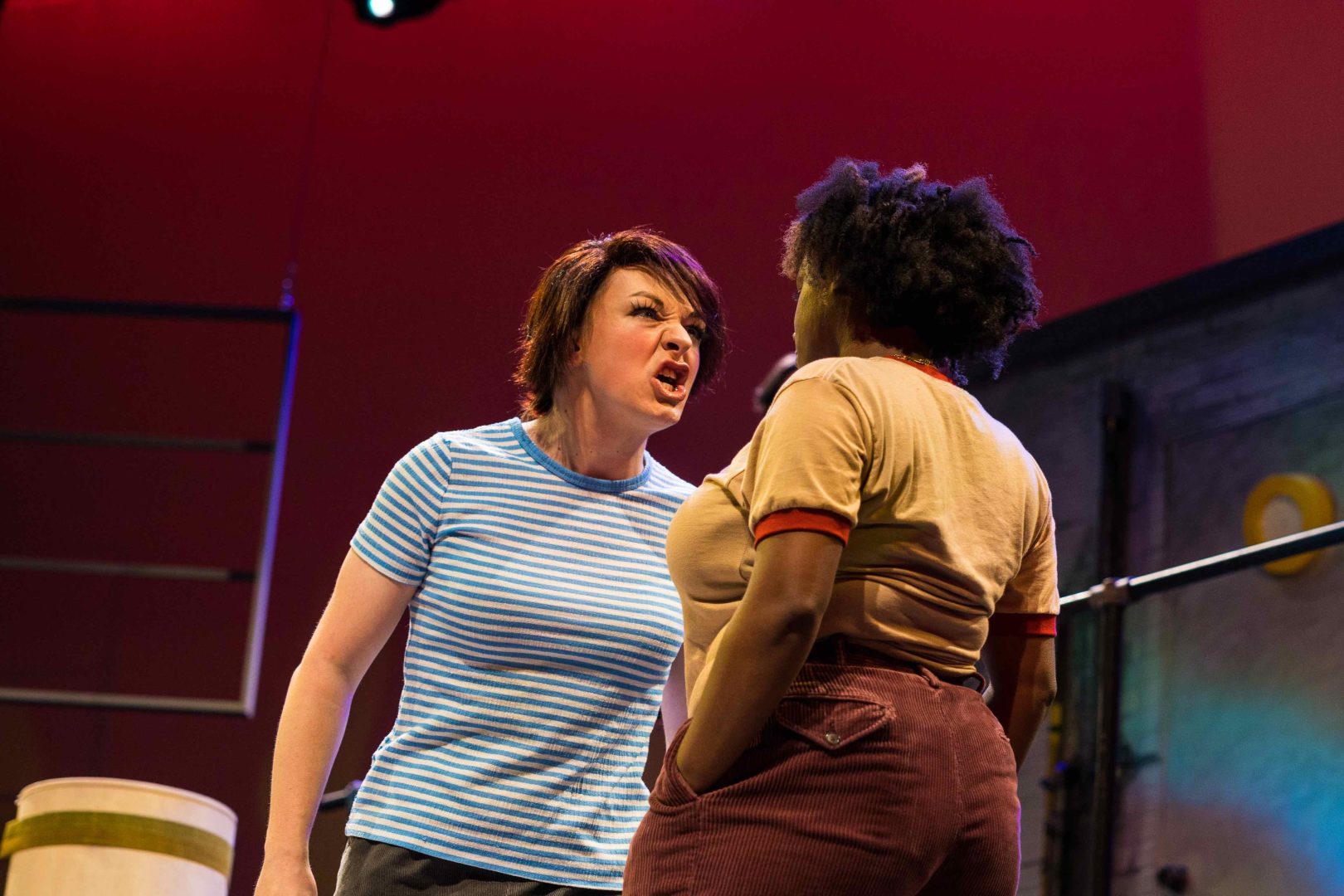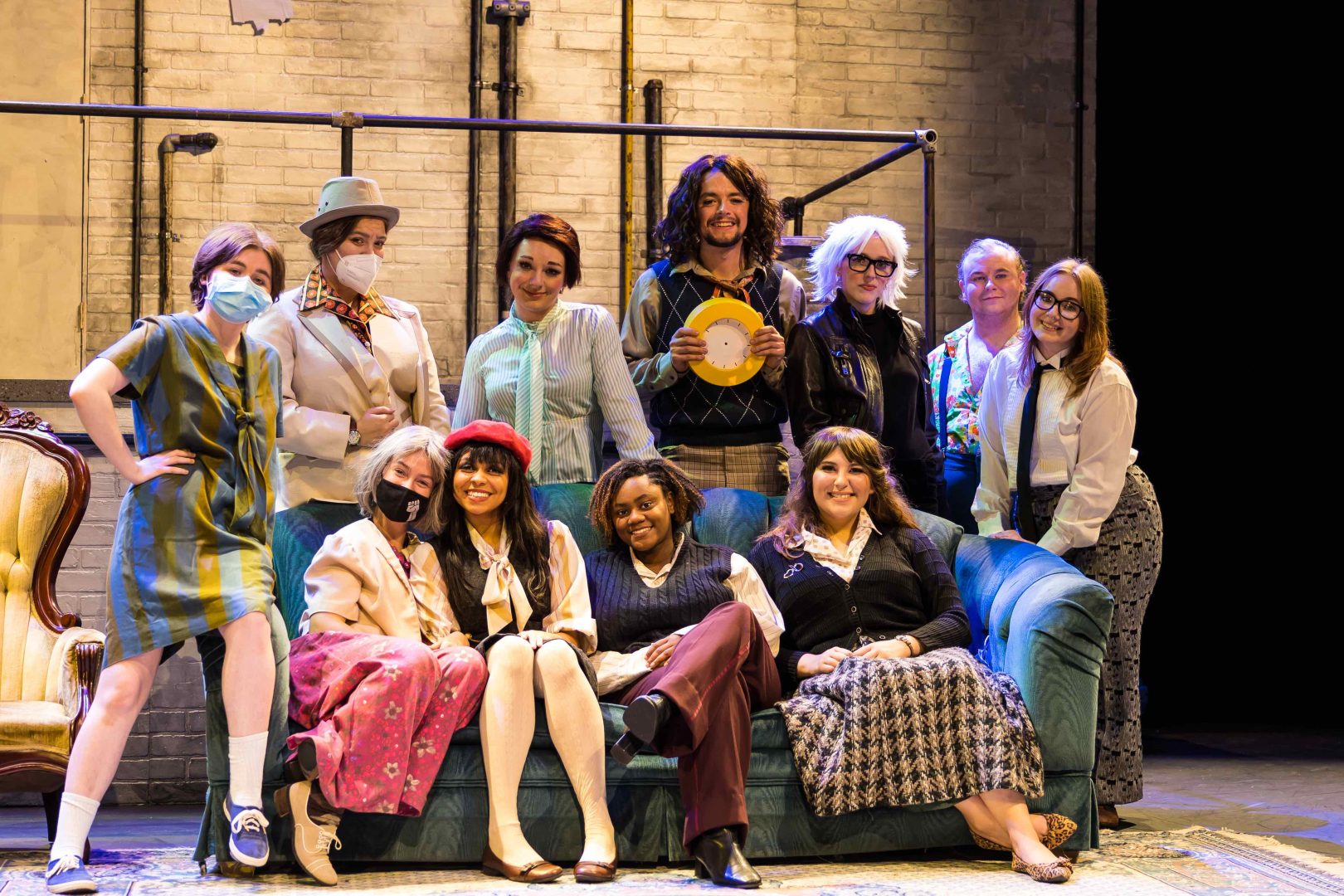“The Taming of the Shrew,” the University of Indianapolis Department of Theatre’s second production of the 2021-2022 season, concluded on Oct. 30. Set in artist Andy Warhol’s Factory in the 1960s and 1970s, this adaptation of the classic Shakespeare comedy highlighted gender and presented it in fluid ways within the sphere of leather, rock and androgyny, according to an email from UIndy Arts.
Associate Adjunct Professor of Theatre Grant Williams directed the play, and while he said he had never adapted Shakespeare before this production, it was something that he wanted to tackle. Williams said that “Taming of the Shrew” is by no means his favorite Shakespeare piece, but the show has a legacy that speaks to gender and power within our culture and he wanted to reexamine those relationships. According to Williams, he had this idea several years ago and wanted to adapt the show and try to reverse or complicate gender specifically by utilizing gender blind casting.
“I auditioned anybody for any part, and just kind of put people where I thought would be a good fit for them, a good counterpart to someone else in the play,” Williams said. “It greatly complicates the notion of gender expectations. And, to that end, I wanted to recall or situate it within the world of that particular 1960s Andy Warhol, New York club setting where gender was rather androgynous or ambiguous. Power differentials still exist, sexual impulse obviously is still present. But the gender expectation of man as man, woman as a woman, or is kind of complicated and less forthright, less prominent.”
Junior theatre and sociology major Kelli Thomas portrays Petruchio, who is meant to be the male lead in the play. Thomas said she does have experience with Shakespeare and has played gender-swapped roles before, but has never done it in this way. In her portrayal of Petruchio, Thomas said it is much more gender-fluid, as opposed to playing the role as if it was always meant to be performed by a woman.
“It’s like I’m dressed as a woman, you can tell I’m a woman, but I have more masculine attributes,” Thomas said. “I’ve never played a role where I’m kind of both the feminine and masculine kind of joined together and make it very fluid and open to different concepts of gender.”
Thomas said she struggled to get into the mindset of Petruchio when she was preparing for the role because it is meant to be a male character that is meant to be almost an abusive husband figure, as Williams described it to her. One of the main challenges, Thomas said, was having to figure out different techniques and physical gestures in order to ensure the audience knew what was going on within the story in case they did not understand the Elizabethan English used by Shakespeare. Overall, she said she felt that being a part of this show has helped her improve as an actor.
“I think Shakespeare in general challenges you,” Thomas said. “I think just the challenges that came along with it… now I’m more comfortable doing physical comedy and comedy in general. I’ve done Shakespeare before, but it’s given me a better perspective on how to go into Shakespeare because Shakespeare is very popular in the theater world. Having that skill is really essential as an actor, so being able to grow with Shakespeare is really important as an actor.”
Williams said he feels it is important to have shows like this that complicate gender because there are still many issues today with gender and power, and that argument is still something to be discussed and looked at. In doing so, he said he may have complicated the narrative understanding for the audience, but that was important in order to make viewers look deeper into the meaning.
“This is a story that a lot of people have seen from something like ‘10 Things I Hate About You,’ or the trope of the story kind of is a little bit understood in contemporary society,” Williams said. “I wanted to further that understanding and maybe muddy it a little bit and make people think a little bit deeper about [the play]. I also hoped that it would just be fun. I don’t know how well all the jokes are landing, but I wanted people to walk away thinking that Shakespeare wasn’t something to be completely intimidated by, that it could be something that’s just entertaining.”


